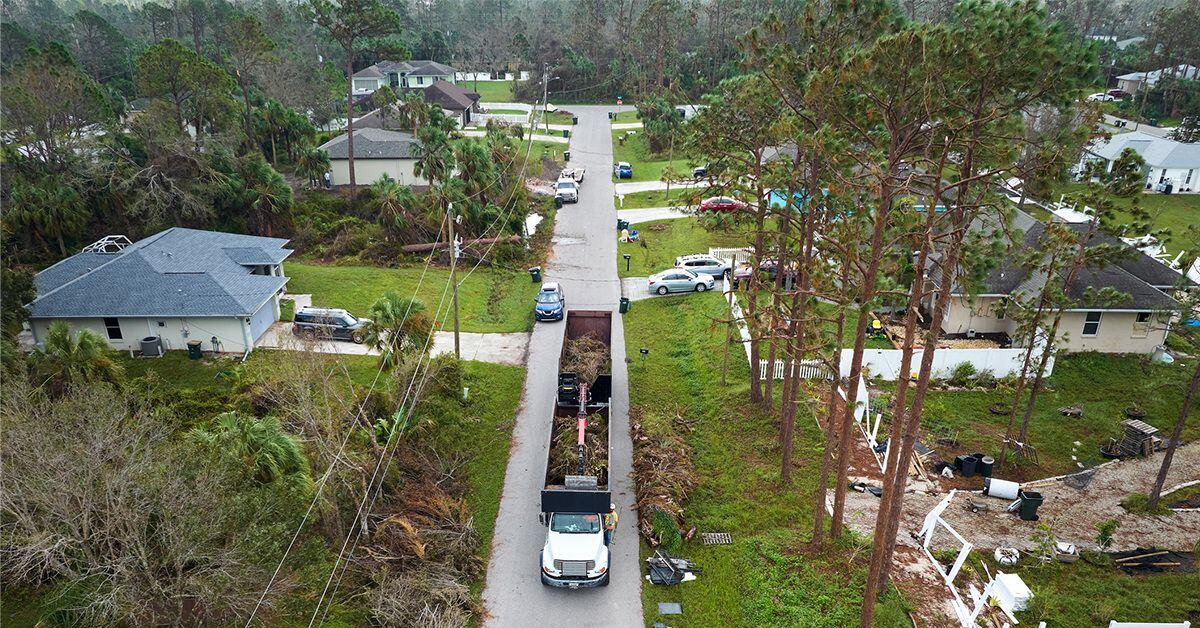Managing Sudden Support Surges for Nonprofits in Crisis Response
May 14, 2024 •HoganTaylor

If a devastating tornado hits your community, health and human service charities play a crucial role in providing immediate assistance and support to those affected. These organizations are often well-prepared with comprehensive emergency response strategies that include detailed rescue plans, stockpiles of essential supplies such as food, water, and medical supplies, as well as the establishment of emergency shelters to accommodate displaced individuals and families.
In addition to providing immediate relief, health and human service charities also play a vital role in the long-term recovery and rebuilding efforts of the community. They work closely with local government agencies, other non-profit organizations, and community members to assess needs, coordinate resources, and provide ongoing support to help individuals and families rebuild their lives in the aftermath of the disaster.
However, what catches many nonprofits off guard is the sudden influx of support that follows, including a surge in donations. While an overwhelming amount of support might not initially seem like a problem, for nonprofits unprepared to handle the flood of attention and new funds, it can pose significant challenges. As leaders in the nonprofit sector, it’s essential to consider what your organization would do if the status quo were suddenly upended.
Keep Your Site Online:
Disaster-relief charities like the Red Cross have long grappled with periodic spikes in attention and donation inflows. However, during major natural disasters, some overwhelmed nonprofit websites have crashed due to the sheer volume of visitors.
To avoid this potential issue, it’s crucial to know your system’s ultimate capacity, particularly your donation app, and to create an IT contingency plan to enact should it approach critical mass. Tracking website hits, phone calls, text messages, and email inquiries during calm periods can help establish a baseline, enabling swift action in case of a sudden surge.
Establish a Notification Process:
Having an early warning system for your website is just one aspect of preparedness. It is equally important to be able to mobilize your team swiftly. Maintaining an up-to-date contact list for all board members and implementing a communication process, such as a phone tree or group text distribution list, ensures efficient communication during critical moments. Additionally, designate a volunteer coordinator to take charge in emergencies, capable of quickly contacting and training new volunteers for deployment where they are most needed.
Build Long-Term Support:
A surge in donor and volunteer interest often accompanies a surge in media attention. While it may be tempting to focus solely on immediate needs during crises, seizing the opportunity to publicize your organization’s mission and work can have long-lasting benefits. As interest inevitably wanes, cultivate lasting relationships with new donors, volunteers, and media contacts by informing them about your organization's ongoing efforts and suggesting ways for them to remain involved long-term.
Use Donations Wisely:
While most donors may intend for their contributions to address immediate needs, it’s essential to have a strategy for allocating funds wisely. Providing options for donors to earmark their donations for specific purposes is important, but for unallocated funds, consider directing them towards broader initiatives such as capital improvements. Implementing effective donation management practices ensures transparency and accountability.
In conclusion, being prepared for a sudden influx of support is crucial for nonprofits involved in crisis response. By proactively addressing challenges related to website capacity, communication, long-term engagement, and financial management, organizations can effectively navigate the storm of support and maximize their impact in times of need.
How HoganTaylor Can Help
The HoganTaylor Nonprofit team of business advisors and CPAs is comprised of former CFOs, controllers, and industry experts with extensive experience providing the guidance organizations need to lean forward again in their leadership. If you have any questions about this content, or if you would like more information about HoganTaylor’s Nonprofit practice, please contact Jack Murray, CPA, Nonprofit Practice Lead.
INFORMATIONAL PURPOSE ONLY. This content is for informational purposes only. This content does not constitute professional advice and should not be relied upon by you or any third party, including to operate or promote your business, secure financing or capital in any form, obtain any regulatory or governmental approvals, or otherwise be used in connection with procuring services or other benefits from any entity. Before making any decision or taking any action, you should consult with professional advisors.
Get Updates
Featured Articles
Categories
- Advisory Publications (5)
- Business Valuation (9)
- Employee Benefit Plans Publications (25)
- Energy Publications (6)
- Estate Planning Publications (34)
- Forensic, Valuation & Litigation Publications (20)
- HoganTaylor Insights (8)
- HoganTaylor Talent (49)
- Lease Accounting Publications (14)
- Litigation Support (1)
- Nonprofit Publications (59)
- Tax Publications (52)
- Technology Publications (6)
- Wealth Management (1)



